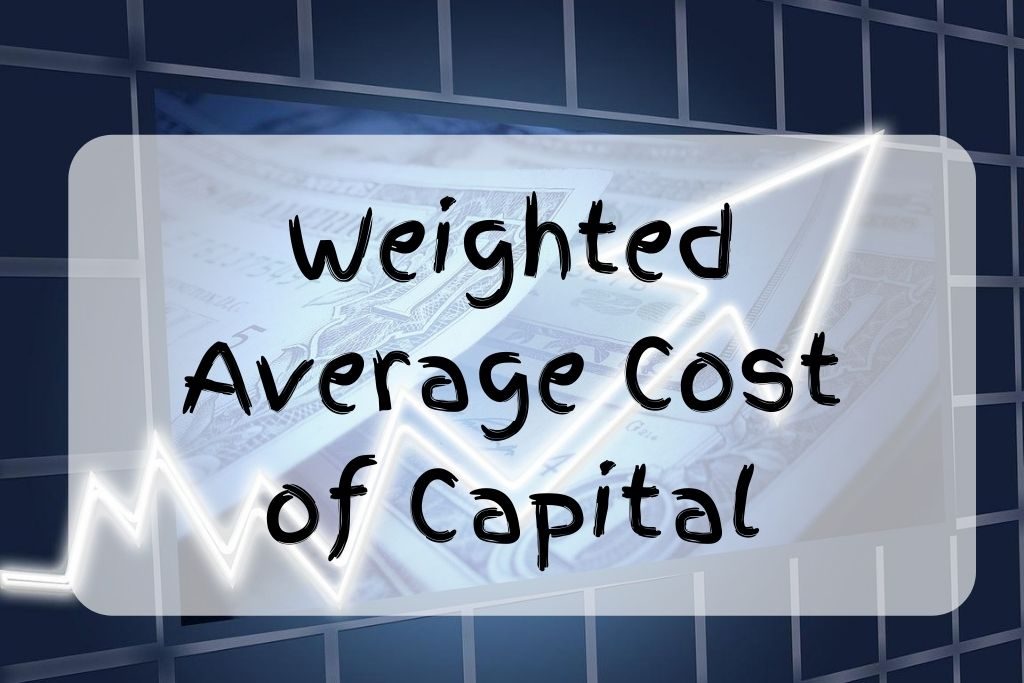What is Weighted Average Cost of Capital (WACC)?

Definition of Weighted Average Cost of Capital
- Companies raise funds to pay for their daily operations through different sources. To raise funds, they have to pay costs.
- The WACC is the average cost of raising capital from all sources, including equity, common shares, preferred shares, and debt.
- Represents the required return firms should earn to satisfy their investors.
Want to learn more financial ratios?
Get the eBook explaining some of the most useful ratios for free now.
What Impacts the Weighted Average Cost of Capital?
- The optimal capital structure of a company is the proportion of debt and equity financing that maximizes the company’s value while minimizing the cost of capital (WACC)
- The lower the cost of capital, the higher the present value of future cash flows.
How to Calculate the Weighted Average Cost of Capital?
- The WACC is calculated by multiplying the cost of each source of capital by its proportion or relative weight. The combination of all weighted costs equals the weighted average cost of capital.
- Formula:
[E/V * Re] + [D/V * Rd * (1 – T)]
(Where E = firm’s equity value, D = firm’s debt value, V = total capital value, E/V = percentage of equity as capital, D/V = percentage of debt as capital, Re = cost of equity, Rd = cost of debt, and T = tax rate.)
- Formula:
[Cost of Equity * % of Equity] + [Cost of Debt * % of Debt *(1–Tax Rate)] + [Cost of Preferred Stock * % of Preferred Stock]
(Where cost of equity = E(r) = Rf + 𝛽(Rm – Rf), cost of debt = interest expense (1 – tax rate), and cost of preferred stock = preferred dividend per share / price per share.)
What is the Importance of the Weighted Average Cost of Capital?
- The WACC is used in financial modeling to calculate the value of a business.
- It is used as a hurdle or discount rate to compare investments, mergers, and acquisitions, and also stands as a company’s opportunity cost.
Weighted Average Cost of Capital in Practice
- The calculation of the WACC may produce inconsistent results, due to the differences in each element of the WACC formula.
- Due to this, when reporting the WACC, different contrasting decisions may be made in regard to whether the company should continue with the investment.
- When evaluating where investment is favorable, the WACC should be reported with other measures of performance to make a more precise judgment.
Learn some of the most useful financial ratios!
Don’t miss this free eBook.
